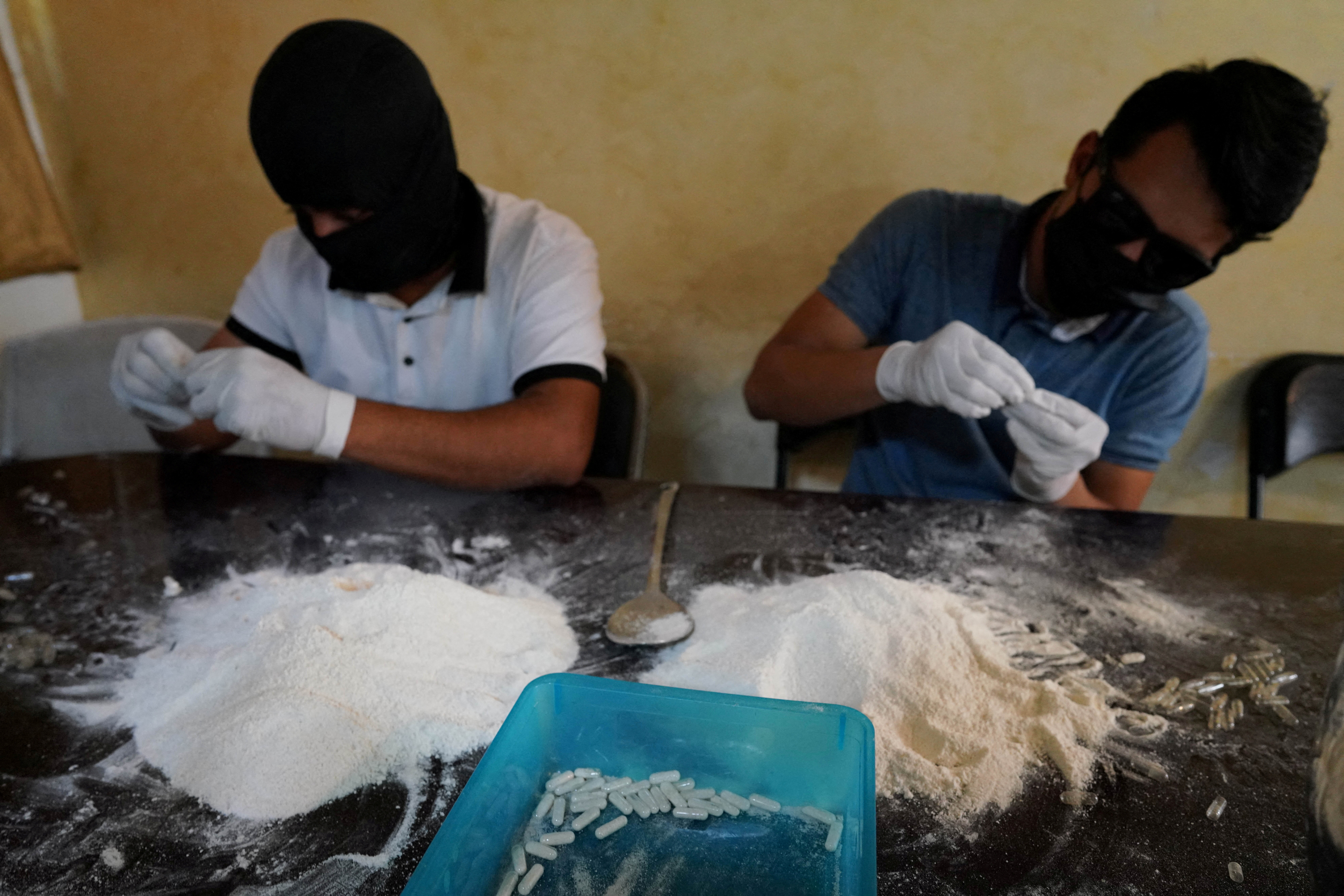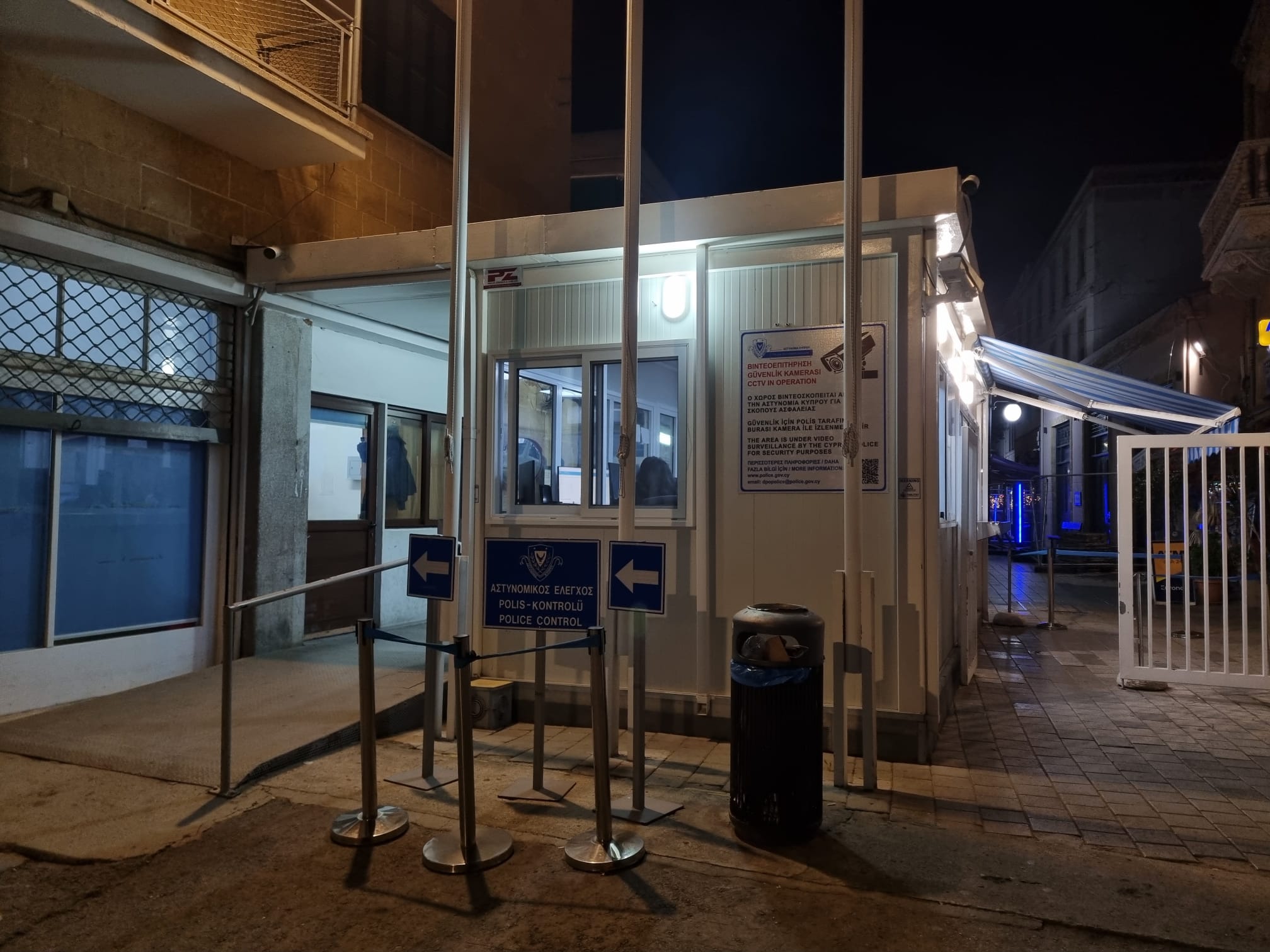Opioid addiction led to most of the 17 overdose deaths reported in Cyprus in 2023, according to according to the national findings presented by the Cypriot National Addictions Authority (NAAC).
The increased use of stimulants and the use of new psychoactive drugs are of growing concern according to the recent NAAC report as part of the European Drug Report 2025.
A total of 110 people reportedly began treatment for opioid addiction and around 900 people were categorised as “problematic users”.
“The emergence of new psychoactive drugs in Cyprus is definitely one of the big challenges, with many unpredictable risks to the health of people who might use them, sometimes not knowing what they are consuming,” head of the NAAC Monitoring Centre Ioanna Yiasemi told the Cyprus Mail.
According to Yiasemi, a trend toward increased drug availability across the island could be witnessed with many of the substances mixed with other compounds or mislabelled, significantly heightening health risks for users.
Opioids, including morphine, heroin, codeine, and fentanyl, are amongst the most addictive substances. Globally, they are responsible for the majority of drug-related fatalities. In fact, in one particular corner of old town Nicosia, discarded fentanyl patches can regularly be found on the ground, indicating the drug’s local presence.
Overall, 136 intravenous drug users were reported, with almost half of these, 45 per cent, testing positive for Hepatitis C.
The report lists the distribution of 200 sterile syringes per user as part of harm reduction measures. Additionally, the NAAC policy department points to services like free testing for infectious diseases linked to drug use in public hospitals, substitution treatment and 24/7 vending machines all over Cyprus offering 24/7 access to needles, syringes.
These, however, are located outside of the city centres, raising questions about their effectiveness.
In regards to popularity, cannabis continues to stand out as the most used drug. The use of THC in Cyprus has seen a growth in popularity within the last 20 years with use having almost tripled to 18 per cent compared to 6.6 per cent in 2006.
According to the report, half of cannabis-users, 48.8 per cent, are aged between 15 and 34 years.
Cocaine remained the second most used drug in Cyprus, both among the general population and people seeking treatment with 178 people beginning treatment citing the drug as their primary substance.
Just as with cannabis, cocaine use amongst students was reportedly more common at 4.3 per cent, compared to the general public at 2.2 per cent.
MDMA, commonly found in ecstasy pills, was nearly as popular as cocaine, with 2.2 per cent of the general public and 4.3 per cent of students reporting use.
While less widespread, methamphetamine use continues to evolve in Cyprus. The report mentions a record high in the overall seizure of the substance amounting to 8.5 kg. With an average purity of just 23.2 per cent, highlighting serious health risks for users.
This is not a new development. A 2022 study monitoring illicit stimulant use across various phases, before Covid, during quarantine, immediately after and over the following year, found that methamphetamine consumption remained significant across multiple regions and time periods, pointing to a steadily growing pattern of use on the island.
Overall, changes in the use of drugs can be witnessed in Cyprus. Just as in the EU, new synthetic drugs pose notable challenges. On an European scale, a rise in the availability of fake medication including prescription drugs such as benzodiazepines could be witnessed.
In this context, growing attention is being paid to China’s role in the production and distribution of nitazenes, a highly potent class of synthetic opioids, raising fresh alarms among European drug agencies about the evolving threat landscape.
Simultaneously, the supply of heroin within the EU, often sourced from Afghanistan, remains a major concern. But with the Taliban’s return to power, experts are warning of a potential shift toward even more dangerous synthetic opioids entering the market.
This underlines the concerns voiced by the NAAC, emphasising that mislabelling and mixtures of substances make it increasingly hard for users to be conscious about their drug use, potentially exposing them to significant health risks.
In terms of using practices, the report finds that most users have nowadays turned to “polysubstance use”, leading to complications in delivering effective prevention, treatment and harm reduction.
Finally, the report points to the flourishing European drug market that has shown to be adaptive to geopolitical changes and instabilities.







Click here to change your cookie preferences